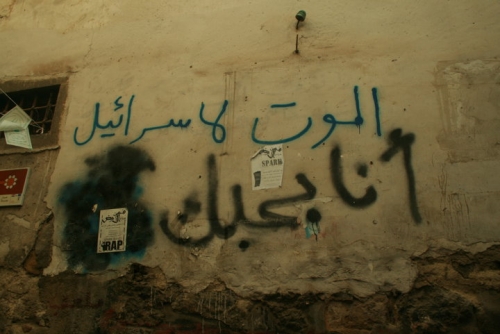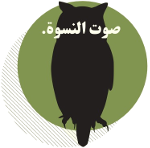
I suppose it’s not a secret that parts of Beirut are witnessing or have witnessed in the past year periods of political tension. Regardless if these political tensions were directed “civil” strives, it is important for me to look closer at how these tensions affect the lives of women that are part of the social fabric of these neighborhoods. How do these political tensions, manifesting sometimes in followers of a certain party taking over the streets and even using weapons, leave their mark on women’s lives?
Tariq el Jdedeh and Dahya are two different areas which represent tension zones because they are seen as the spaces in which major sects in Lebanon reside. .
Although the experiences of these two zones can be quite different, yet they intersect on different levels. For example, the Dahya was heavily bombed in the 2006 July war, creating a process of rehabilitation and reconstruction in the area, but also turning Dahya, as a space, a symbol or resistance against Israel. Tariq el Jdedeh’s history is similar to what is Dahya is going through today, In 1982, during the Israeli invasion of Lebanon, Tariq el Jdedeh was one of the most distressed areas in terms of the destruction it experienced, especially around the Arab University neighborhoods and Kola Bridge, due to the presence of the national resistance guerillas in this areas. This has given it the role of symbolizing steadfastness against Israel during that era. Women in living in these zones witness many of these tensions. More than that, they experience them intimately and are deeply affected by them.
And as much as these areas are portrayed as “opposite and different” in the media, the lives of the women who live in both places show many intersections and similarities. In various informal interviews, I see could that how many of these women shared almost the same reality in these “tense” zones. These women have to coexist with men on the verge of a civil war almost on a daily basis. They become more cautious about their interactions with people, especially men from their neighborhoods, and they usually seek approval from the male figures of the family to know how to interact with certain neighbors. These shifts and changes are not stagnant; they are shaped by the level of the tension, and they also require from these women to play the role of the motivator and the supporter of these “revolting” men, to justify behaviors such as using weapons and engaging in “civil” clashes. They are the key witnesses to most of these tensions and their manifestations– whether it is a minor fight or more serious clashes. But they are never in a position to speak about what they witness, even when lives are endangered.
Whether in Dahya or Tariq al Jdedeh, women’s lives are not different at all. Not different at all. The quality of their lives is affected during the same times; their exposure to violence is increasing, and their safety is in the hands of those who claim to protect them, the same people who are actually endangering them.
Publisher:
Section:
Category:






